Did you know that here at Historic Environment Scotland we are responsible for the condition monitoring of over 8,000 scheduled monuments?
These legally-protected sites have been identified as being nationally important to Scotland, so it’s vital that we care for them and protect them for the future.
Read on to learn how our team of Field Officers go about doing just that! (when we’re not all in lockdown, of course)!
On the ground (and in the sky!)

One of the most important roles that Field Officers undertake is to encourage the positive management of scheduled monuments.
Although some scheduled monuments are in the care of Scottish Ministers, the majority are owned and managed by private individuals who are often extremely knowledgeable about the history of the sites they own and how they have changed over time.
Our team of six Field Officers work closely with the owners to monitor the condition of the monuments and provide advice and support where required.
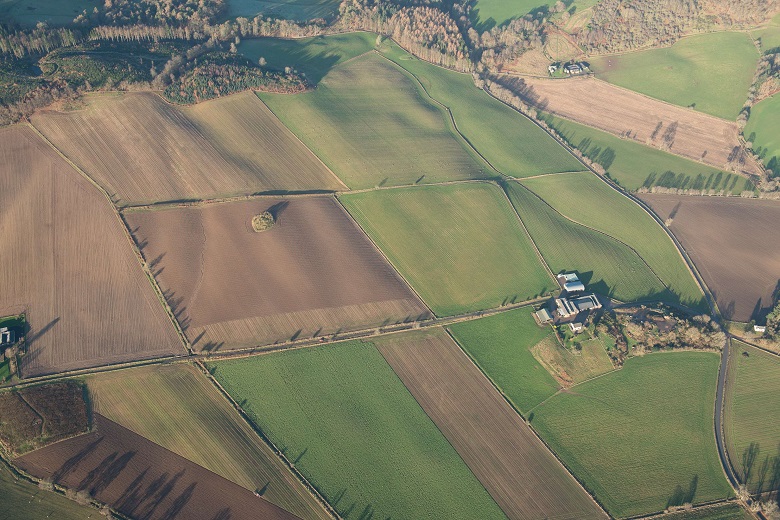
Aerial photos are sometimes used as part of surveys
During a monitoring visit, we assess the current condition of a monument against previous information. This can include previous Field Officer reports, photographs and any relevant information from the National Record of the Historic Environment.
Sometimes we get up into the clouds and use aerial photography to monitor monuments from the air.
You might even spot us on your TV, such as when our very own Catherine Parker showed Cameron McNeish around Quoyness Chambered Cairn on the BBC’s Roads Less Travelled.
Finding Facts and Thwarting Threats
Monitoring visits allow us to collect up-to-date information on Scotland’s most important monuments, as well as identify any potential threats to their condition. Some of the most common threats include:
Trees

Their roots can damage archaeological remains. They can also blow over and can damage and expose archaeology. Controlled removal of trees through careful felling and treatment of stumps can prevent further damage.
Vegetation

Overgrown scrub, bracken and ivy can adversely impact on underlying archaeology and affect historic masonry. Careful removal by cutting off at base so as not to disturb the ground or masonry can arrest further damage.
Livestock
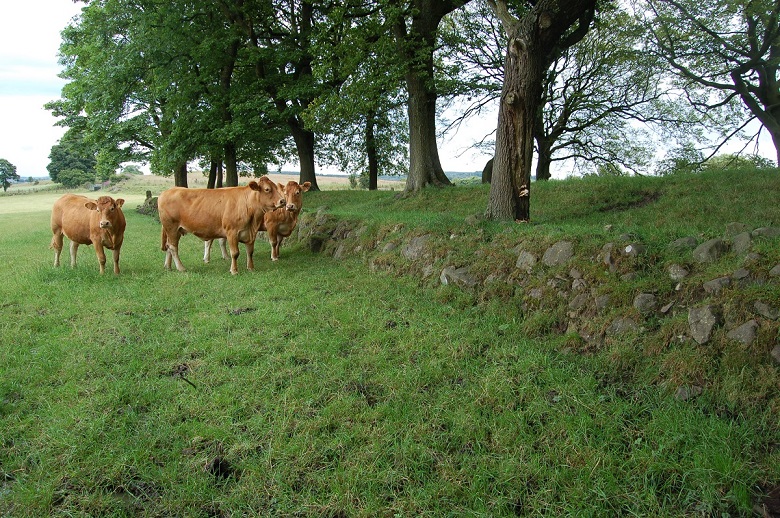
Sheep sheltering around burial cairns, cattle scratching themselves against standing stones and pigs uprooting the ground surface.
All of these can cause damage and threaten archaeological remains. Therefore, measures to control or remove stock or fencing monuments off from animals can help to reduce erosion.
Case studies! Let’s put that into practice…
Following a joint site visit with the landowner to a prehistoric burial cairn in 2014, the overgrown scrub was cut back to ground level and the stumps were treated to prevent regrowth.

The cairn before and after (Images: Louise Roger)
Elsewhere, cattle erosion was causing problems on the site of a hill fort. Fencing and access gates were installed to prevent access during wet conditions. This allowed the ground surface to heal and prevented further erosion, thereby reducing future risks to the monument.
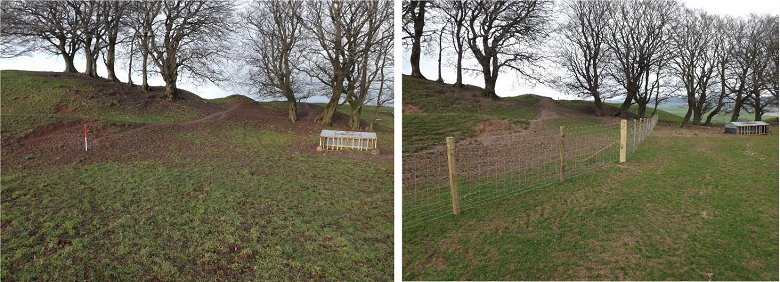
The hill fort before and after (Images; Martin Brann)
Monumentally challenging
Monitoring the condition of scheduled monuments is not without its challenges…
Some sites are difficult to visit or access – for example, when a monument is located on the summit of a very steep hill or is situated on the middle of an island which is only accessible by boat. This being Scotland, such visits can be made worse by inclement weather!

Not all monuments are easy to get to!
Many monuments are located on farmland and therefore caution needs to be taken in assessing what potential risks any livestock may pose. For all these reasons, this is why it is essential that we have special procedures and equipment in place and on-going training to keep our staff safe.

A Field Officer training session – remember what we said about inclement weather?! (Image: Nicki Hall)
What next? Funding and Regulation
After a visit, we will write to the owner with our observations and recommendations. We’ll take the opportunity to explain what grants may be available to help with the long-term management a scheduled monument.
One example is the Scottish Government Rural Development Programme Agri-Environment Grant Scheme, which promotes land management practices that benefit the natural environment.
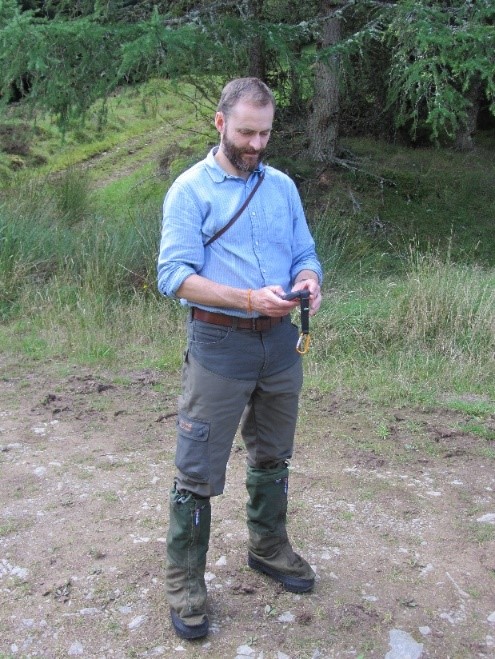
The Historic Environment Support Fund (HESF) is a small fund used to provide support for one-off heritage events, small projects and training activities. Funding for larger scale projects is available through the Historic Environment Repair Grant.
Most works to scheduled monuments, including management works, require Scheduled Monument Consent.
So, in addition to monitoring their condition, we also have a regulatory role making sure any changes to scheduled monuments are appropriate. Sometimes changes to monuments are undertaken without our consent and we investigate such cases accordingly.
Looking ahead
We recently produced a report outlining the condition of scheduled monuments from 2012 to 2017. Through it, we hope to better understand the priorities for further analysis and funding.
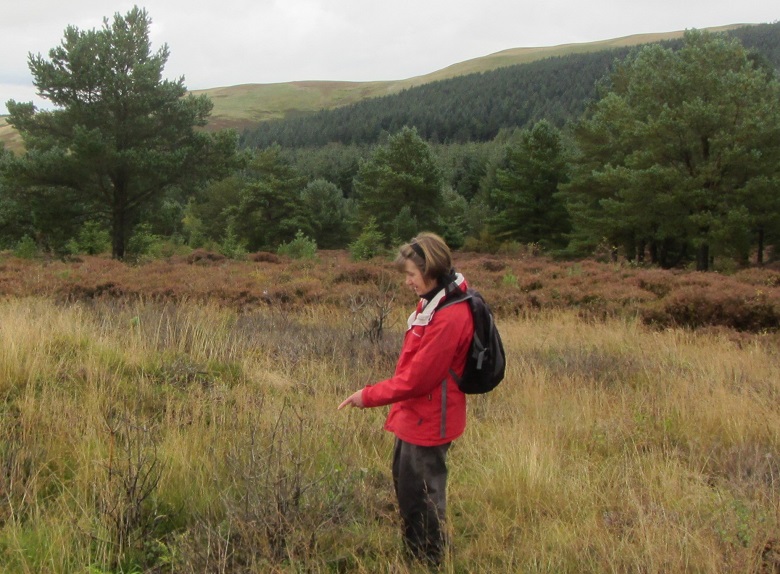
It’s helped us identify the monument types at most risk – crosses and carved stones and many masonry structures appear to be more vulnerable than before. We also know that trees and tree regeneration are the most widespread cause of the poor condition of monuments.
We are using the findings of the report to prioritise the allocation of resources and Field Officer visits over the next five years. This will help fulfil a key aim in Scotland’s Historic Environment Strategy and one of the five strategic themes set out in our Corporate Plan.
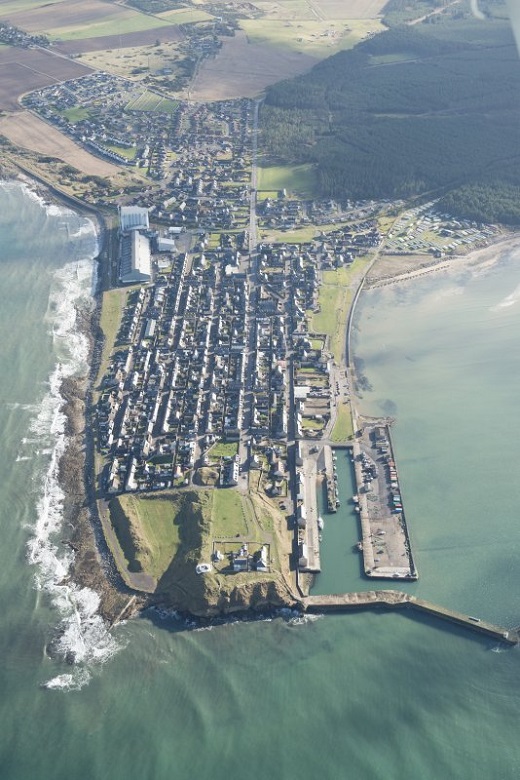
Coastal sites such as Burghead Promontory Fort are under threat from our changing climate (Image via Canmore)
In addition, our Climate Change Team has explained that climate change is likely to present some major challenges in the future. An increased frequency of extreme and unpredictable weather events and rising sea-levels can speed up the decay of historic fabric and increase the erosion of coastal sites. This will need to be carefully monitored.
Interested in learning more? Our Scheduled Monument Condition Monitoring leaflet is a handy guide explaining the basics of condition monitoring.
Fancy yourself as a Field Monitor? Your old holiday snaps or photos from your mobile phone could help us look after heritage sites! You can find out more about Monument Monitor elsewhere on the blog.

